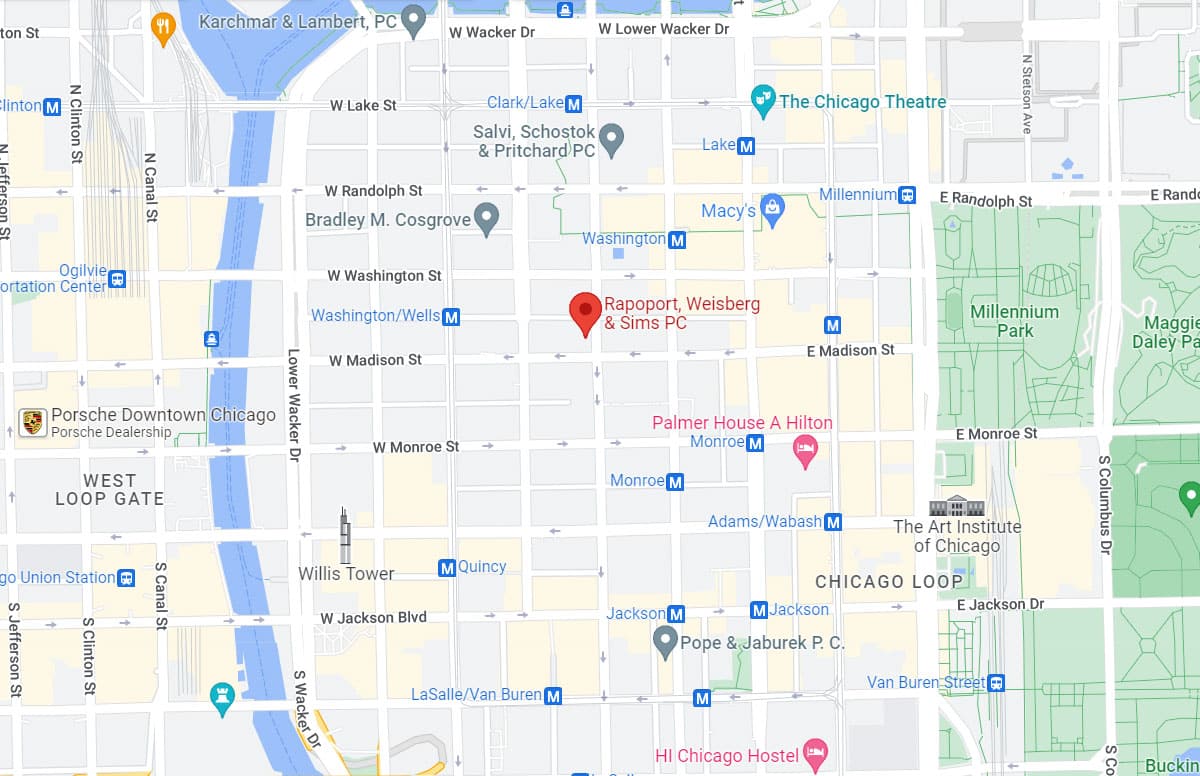When a United Airlines flight from Denver, Colorado, to Billings, Montana, encountered severe turbulence yesterday afternoon injuring five passengers, an infant flew out of his or her parent’s arms and landed in another seat. Though the infant fortunately did not appear injured, the flight incident is but another reminder of the dangers inherent in children under the age of 2 flying without seats and age-appropriate restraints by sitting on a parent’s lap.
As accident investigations performed by the National Transportation Safety Board concluded, children who died in survivable plane crashes likely would have survived if they had been seated in infant seats with proper restraints. The Federal Aviation Administration and airlines such as United Airlines have nonetheless maintained an infant seat exception permitting children less than 2 years of age to fly unrestrained or ride on a parent’s lap.
Attorney David E. Rapoport, along with retired flight attendant Jan Brown and attorney Lindsey A. Seeskin (Epstein) published an article concerning the infant seat exception and the need to provide babies with the protection of a safe seat and proper restraints during air travel.
The FAA and the NTSB both recommend the use of child safety seats on airplanes. However, the FAA has not made the recommendation a requirement even though it is aware of the danger facing unrestrained infants. The NTSB emphasizes every child under the age of 2 should be restrained in a separate seat position with an approved child restraint system during takeoff and landing and during periods of turbulence. The need for a child safety seat mandate was on the NTSB Most Wanted List for 15 years, ending only in 2005 when it was removed for unspecified reasons. The FAA has the authority to make such a regulation but has declined to do so, choosing instead to focus on improving communication to parents to encourage them to purchase seats for their infants.
The FAA justifies the infant seat exception by arguing the additional cost of buying a seat for an infant will cause parents to drive, rather than fly, and the infant would be exposed to a greater risk of harm posed by car travel. However, an NTSB follow-up study determined there was no increase in infant deaths in car accidents during periods of decreased air travel.
Airlines often allow children less than 2 years of age to fly for free, if they ride in a parent’s lap. However, this is just a financial incentive for parents to place their children in danger. Some parents may even believe that having a child ride on their laps is safe, simply because if it weren’t safe, it would be outlawed. The absence of laws prohibiting the practice may cause cautious parents to make unsafe choices for their children. The infant seat exception places children in danger. The infant aboard yesterday’s flight thankfully appeared unharmed, but the next infant may not be so lucky. Parents need to know this truth so they can protect their children. Children on planes should be properly restrained during takeoffs, landings and turbulence, just like every other passenger.
Source: Issues in Aviation Law and Policy, ” Babies Have a Right to a Safe Seat with Proper Restraints – The Infant Seat Exception Should Be Abandoned,” by David E. Rapoport, Jan Brown and Lindsey A. Epstein, Autumn 2012
National Transportation Safety Board, “Child and Youth Transportation Safety”
